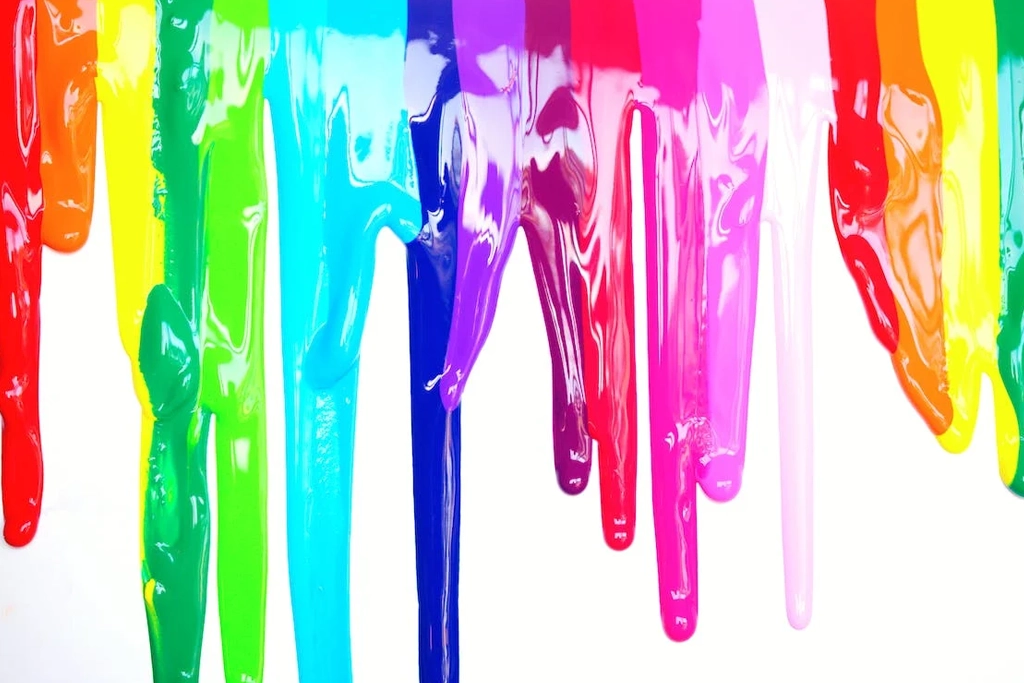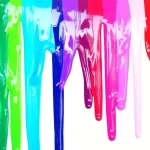In the world of branding and marketing, the choices you make in terms of colour can have a profound impact on how your business is perceived. Colour psychology plays a crucial role in influencing consumer behaviour, evoking emotions, and creating a strong brand identity. Here, we’ll delve into the importance of colour psychology in branding and discuss which colours are best suited for various industries.
Understanding Colour Psychology
Colour psychology is the study of how different colours can affect human emotions and behaviour. It’s a powerful tool that businesses can harness to connect with their target audience and communicate their brand message effectively. Colours have the ability to convey emotions, influence buying decisions, and create lasting impressions.
Importance of Colour in Branding
- Brand Recognition: Consistency in colour helps in establishing brand recognition. When customers see specific colours associated with your brand, they are more likely to remember your business and its values.
- Emotional Impact: Colours can elicit strong emotional responses. Choosing the right colour can help you evoke the desired emotions and create a deeper connection with your audience.
- Cultural Significance: Colours can have different meanings and associations in various cultures. Understanding these cultural nuances is essential to ensure your branding is culturally sensitive and resonates with the intended audience.
- Differentiation: Colours can set you apart from competitors. Selecting a unique colour palette can make your brand easily distinguishable in a crowded market.
Choosing Colours for Different Industries
Let’s explore which colours are best suited for various industries and why:
- Technology and social media: Blue
Blue is a colour often associated with trust, reliability, and professionalism. In the tech industry, trust and credibility are vital to gain users’ confidence. Facebook, Twitter, and LinkedIn all utilize blue to convey a sense of trustworthiness and reliability.
- Food and Beverage: Red and Green
Red can stimulate appetite and create a sense of urgency, which is why it’s commonly used in fast-food logos like McDonald’s and KFC. Green, on the other hand, represents freshness and health, making it a popular choice for organic and healthy food brands.
- Healthcare: White and Blue
White signifies purity and cleanliness, which is essential in the healthcare industry. Pairing white with blue, a colour associated with trust, creates a calming and professional image for healthcare brands.
- Fashion: Black and Gold
Black exudes elegance and sophistication, making it a popular choice in high-end fashion brands like Chanel and Gucci. Gold adds a touch of luxury and opulence, enhancing the brand’s exclusivity.
- Environmental and Sustainable Brands: Green and Brown
Green represents nature and sustainability, which align with the values of environmentally conscious brands. Brown can evoke earthiness and reliability, creating a sense of trust in eco-friendly products.
- Entertainment and Creativity: Purple and Orange
Purple conveys a sense of creativity, and it’s often used by creative and artistic businesses. Orange is a vibrant and fun colour, making it a great choice for entertainment brands seeking to evoke excitement and energy.
Conclusion
Colour psychology is a powerful tool in branding, and it’s crucial for businesses to understand the emotional and cultural associations of colours. The right colour palette can help you establish brand recognition, connect with your target audience, and convey your brand’s unique identity. When choosing colours for your business, consider the industry you’re in, your target audience, and the message you want to convey. By harnessing the psychology of colour, you can create a compelling and memorable brand that resonates with consumers and stands out in the marketplace.





